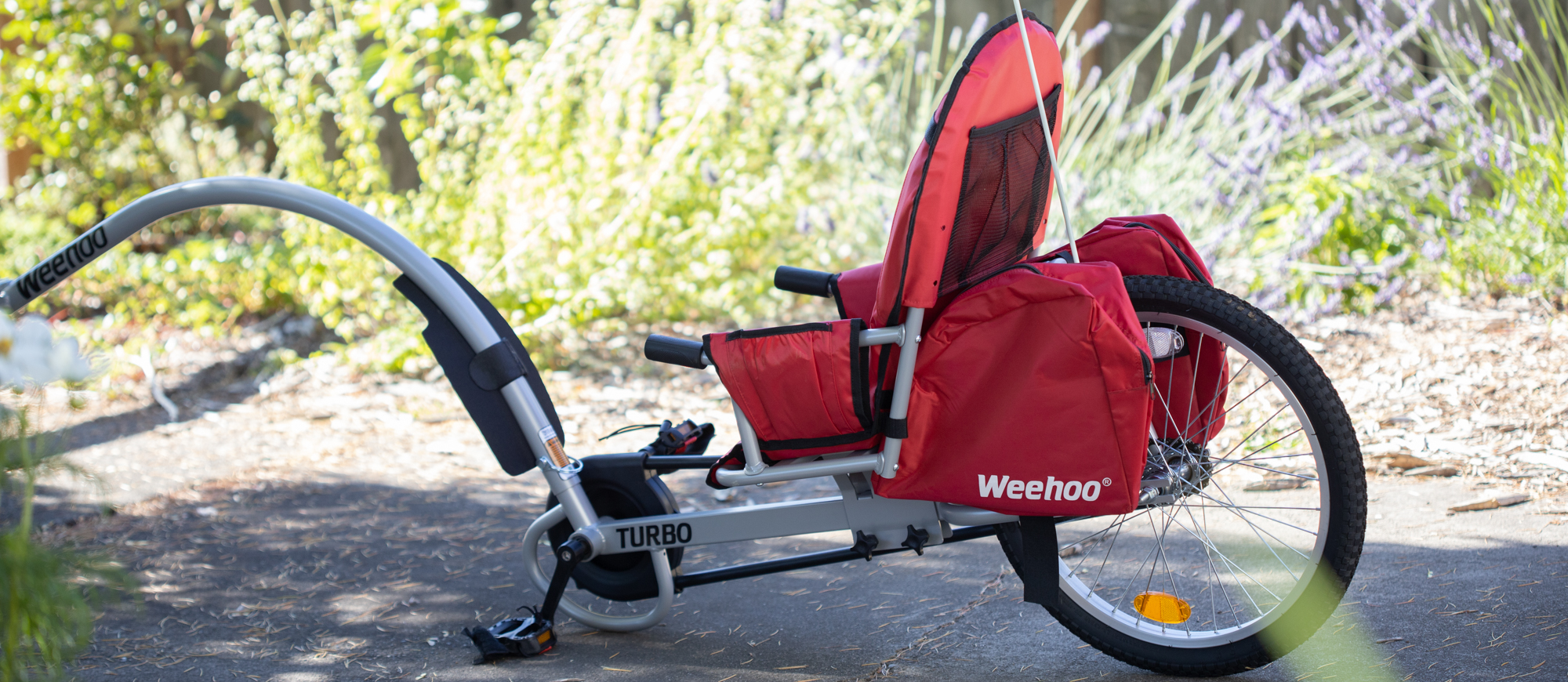Cyclingnews Verdict
There's a huge in-between stage where kids are old enough for more engagement than a traditional bike trailer but you still want them to be able to zone out or sleep. The Weehoo bike trailer fills that gap and it does with quality construction and a reasonable price.
Pros
- +
Pedals really do let kids help
- +
Easy on and off connection to parent's bike
- +
Will balance on a pedal for storage
- +
Comes apart for transport or storage
- +
Every piece is replaceable
- +
Pannier bags included
Cons
- -
Should include a quality kickstand capable of supporting a loaded trailer
- -
As kids get heavier they will move your bike when shifting weight
You can trust Cyclingnews
If you are a parent, then it's likely you want to share your passion for cycling with your kids. For some people that could mean regular transportation activities, heading to the store by bike instead of by car, or heading to the park for a day of play without ever touching a car. Another aspect though is cycling for fun and for that, getting your child pedalling is a big part of it. In the early years, all the potential scenarios will require some kind of bike trailer, and with that in mind, we've put together a list of the best bike trailers for kids available today.
If you'd like to let your kids be a part of the pedalling fun, we have a couple of options on our list. One of them is the Weehoo Turbo Bike trailer. The Weehoo is basically a recumbent pull-behind bike and because of that, it fills an interesting hole in the market. You can start using it when your child is a very small toddler and it will continue to be a valid option for years to come. If you are looking for a way to get out and enjoy a bike with your child, keep reading to learn all the ins and outs about the Weehoo Turbo bike trailer and the unique features it offers.
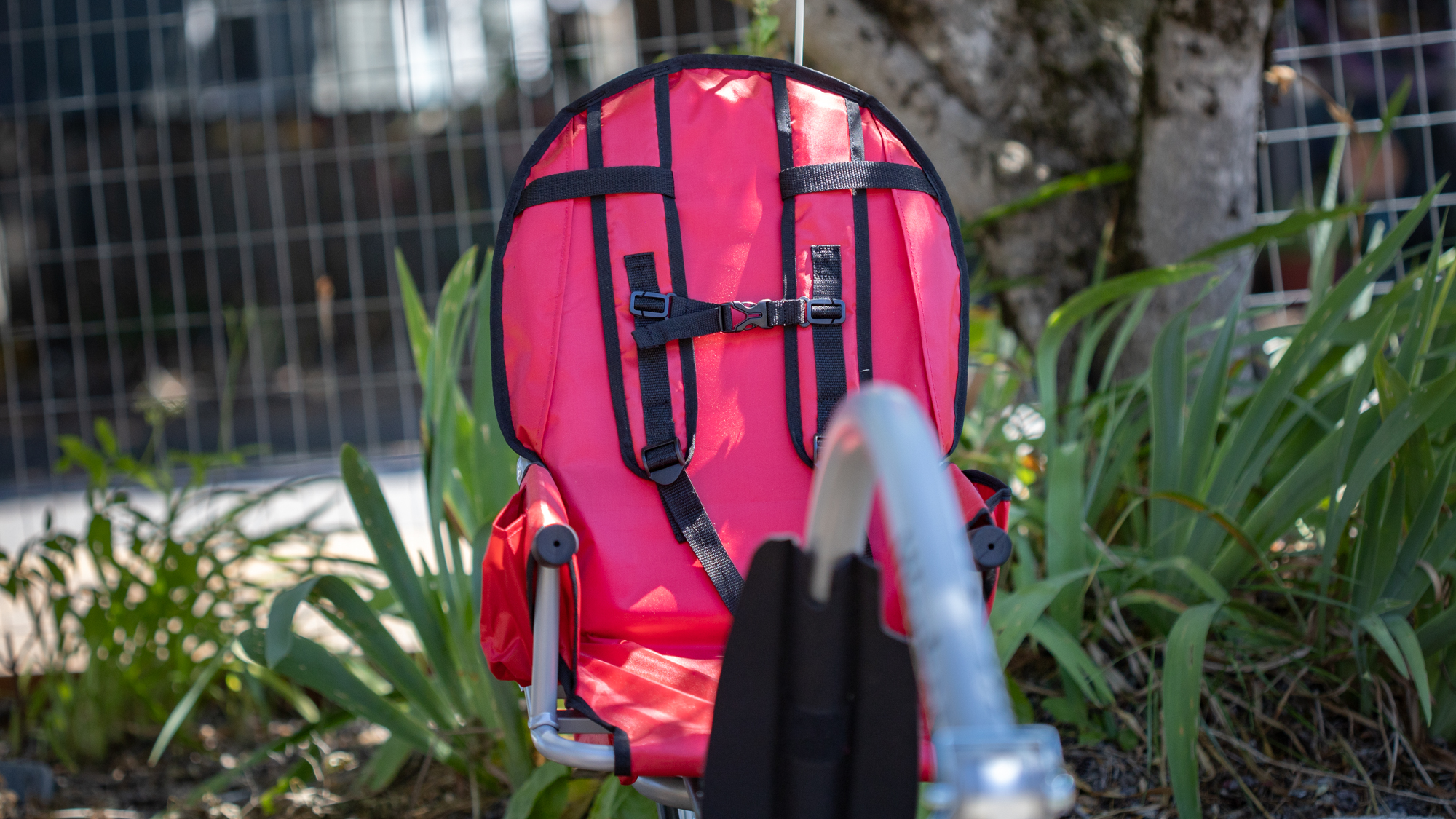
Design and aesthetics
When people think about bike trailers for kids the most obvious design that jumps to mind is something like a Burley Bee. A simple trailer with a cage that surrounds the occupant(s) and a connection to the rear of the adult bike. As kids get too big for that kind of arrangement the next common design solution is a trail-behind-bike. This is essentially a bike missing a front wheel, and it connects to a parent bike. The challenge with these designs is that they are very binary and very age dependent. The design of the Weehoo Turbo bike trailer combines both of these common solutions into one. Instead of a traditional bike missing a front wheel, the Weehoo is a recumbent bike missing a front wheel.
The connection to the parent bike happens at the seatpost. There's an aluminium collar that slips around the seatpost, after removal, and uses a plastic shim to accommodate different sizes. Six different shim sizes come in the box and, like every part of the Weehoo Turbo, the hitch kit is available for purchase separately. If you have multiple bikes you want one for, that's an easy fix.
After installing the hitch kit to the adult bike, you will need to connect it to the rest of the Weehoo Turbo. The bridge between the rest of the Weehoo and the adult bike is a curved arm that heads up and over the parent's rear wheel. When you are connecting it to the hitch kit, it drops down over the top and there's a quick-release pin that makes sure it won't come apart. Unlike most trailers, there's no rotation possible at this connection so your bike and the Weehoo will remain locked together vertically. If you lean, or fall, the Weehoo will too.
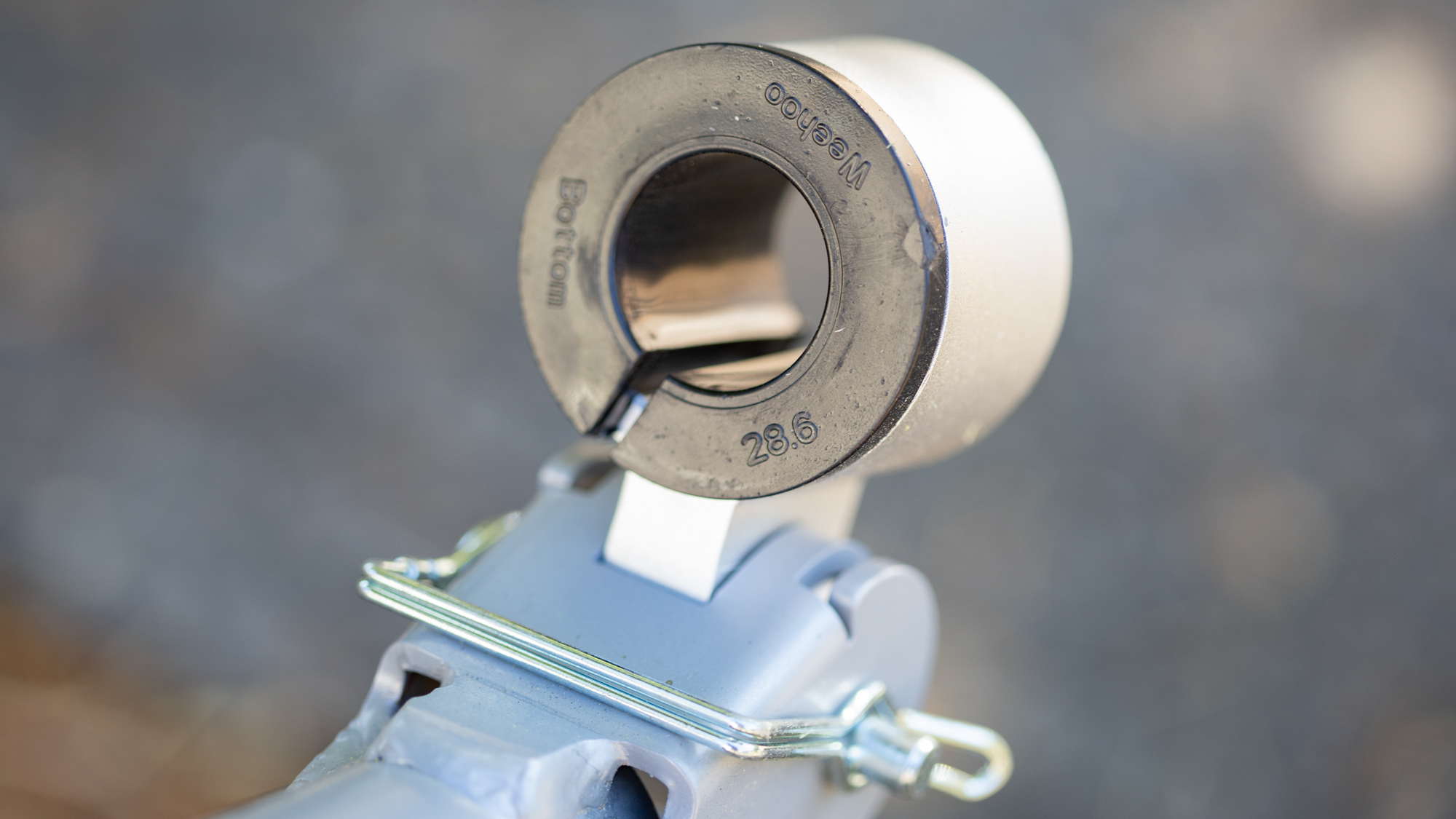
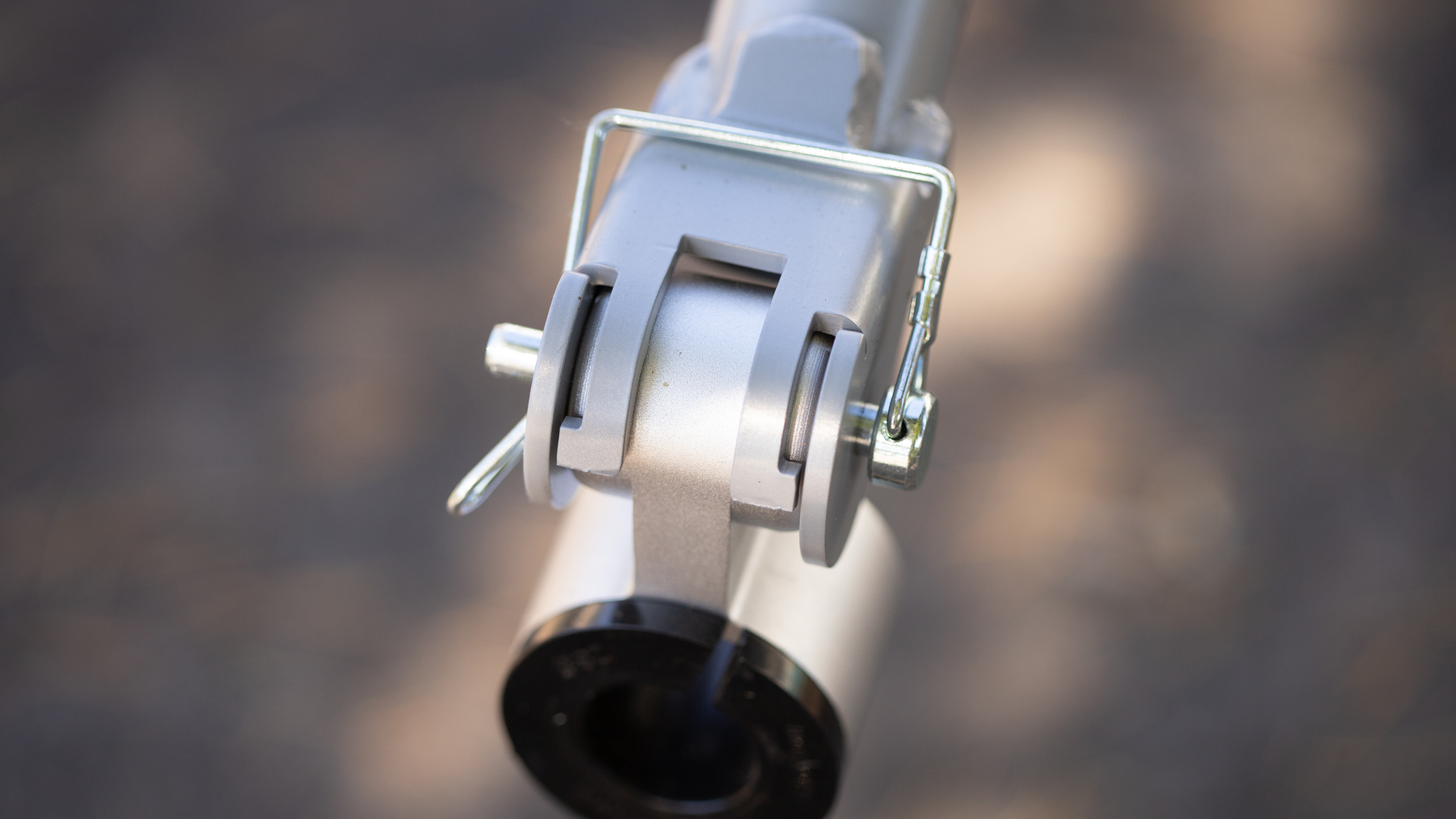
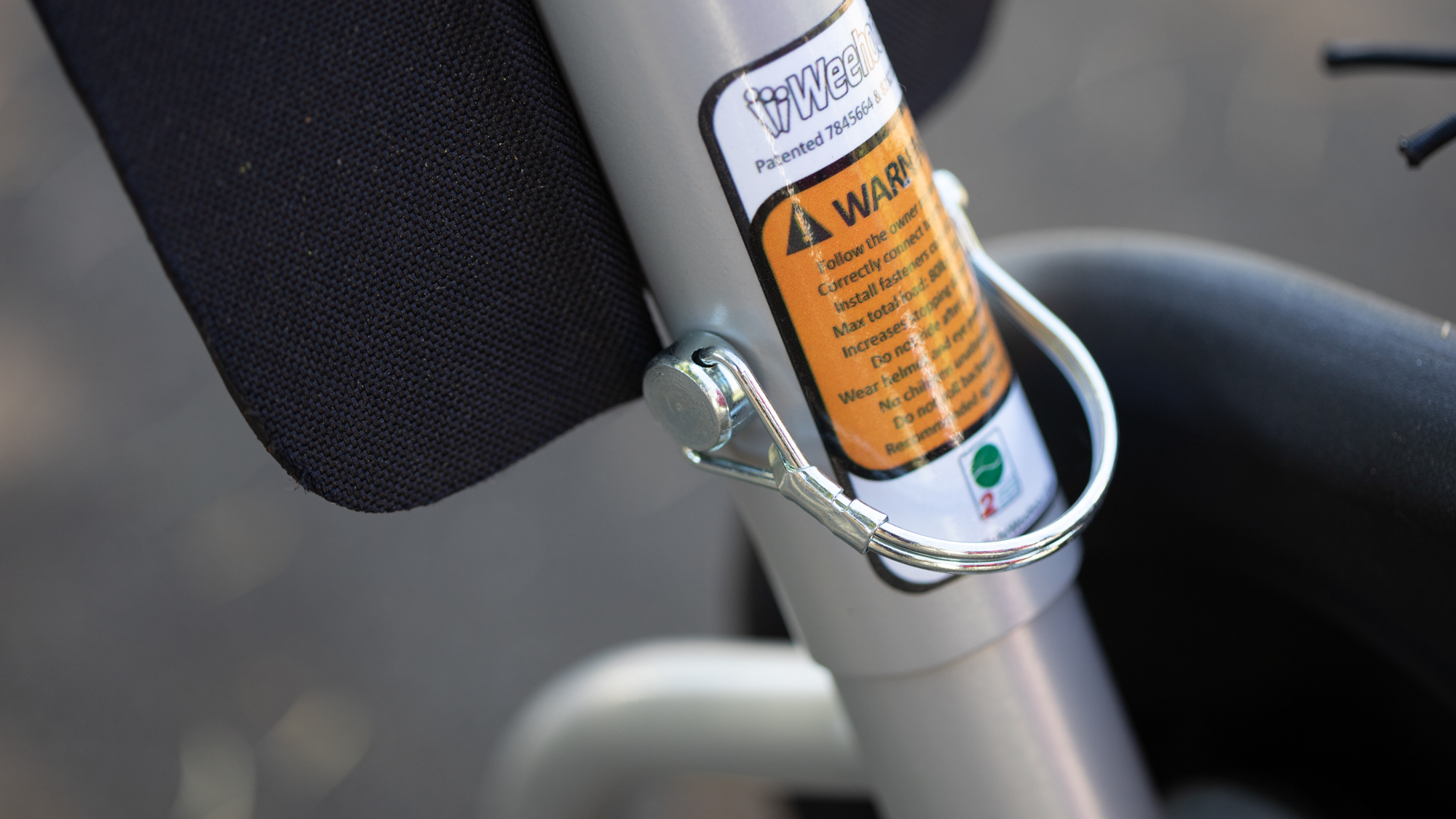
As the "Push Bar" heads back over the parent's wheel it then connects to the rest of the Weehoo Turbo with another quick-release pin. The second connection happens just a little in front of the pedals on the Weehoo Turbo. If you need to store the Weehoo, or transport it in a car, removal of this piece significantly shrinks the whole package in size even though the 26lbs/12kg weight really doesn't change. There's also a small shield here to help protect kids from anything coming off the parent's rear wheel. Don't expect miracles in the rain but it helps a bit.
At this point, the rest of the Weehoo Turbo bike trailer is essentially a single-speed recumbent bike with pannier bags. There's a square spine that brings everything together. At the front, you've got a single-speed crank with plastic pedals featuring toe straps. The chain is entirely clad in a plastic cover and at the rear, it connects to a single-speed freehub and a 20-inch wheel. Just in front of the wheel are a pair of panniers with space for storage and that sticks up and adds visibility.
On top of the spine between the crank and the panniers is the seat. There's an aluminium skeleton and red Cordura fabric that covers it. The magic of the design is that the seat features shoulder straps that connect between the legs along with solid hand grips. There is a solid connection to the Weehoo no matter what your child is up to. The design is also rather clever because it allows the seat to move forward, or backward, to make it work for kids ranging from two to nine years of age, and up to 80lbs.
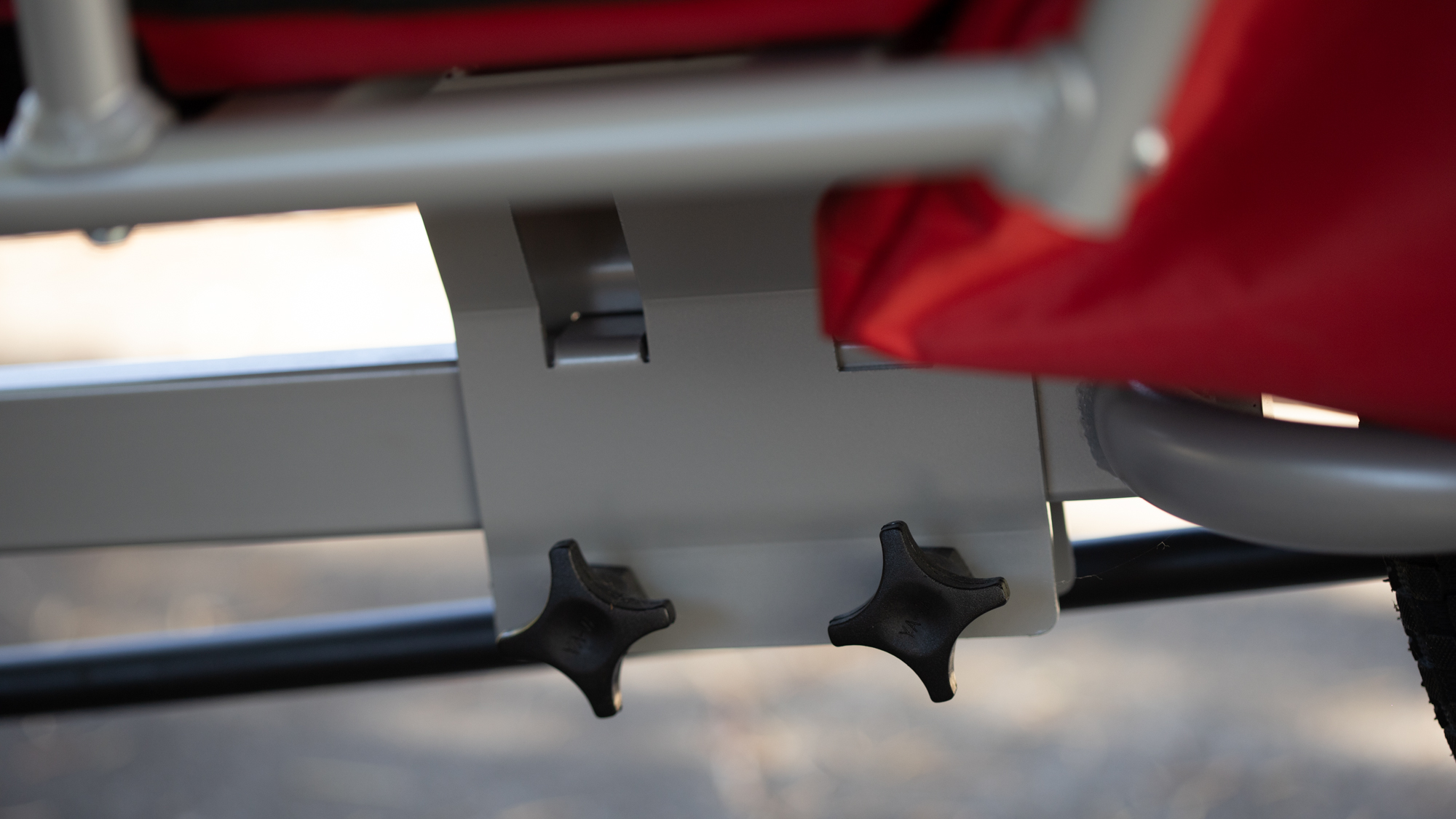
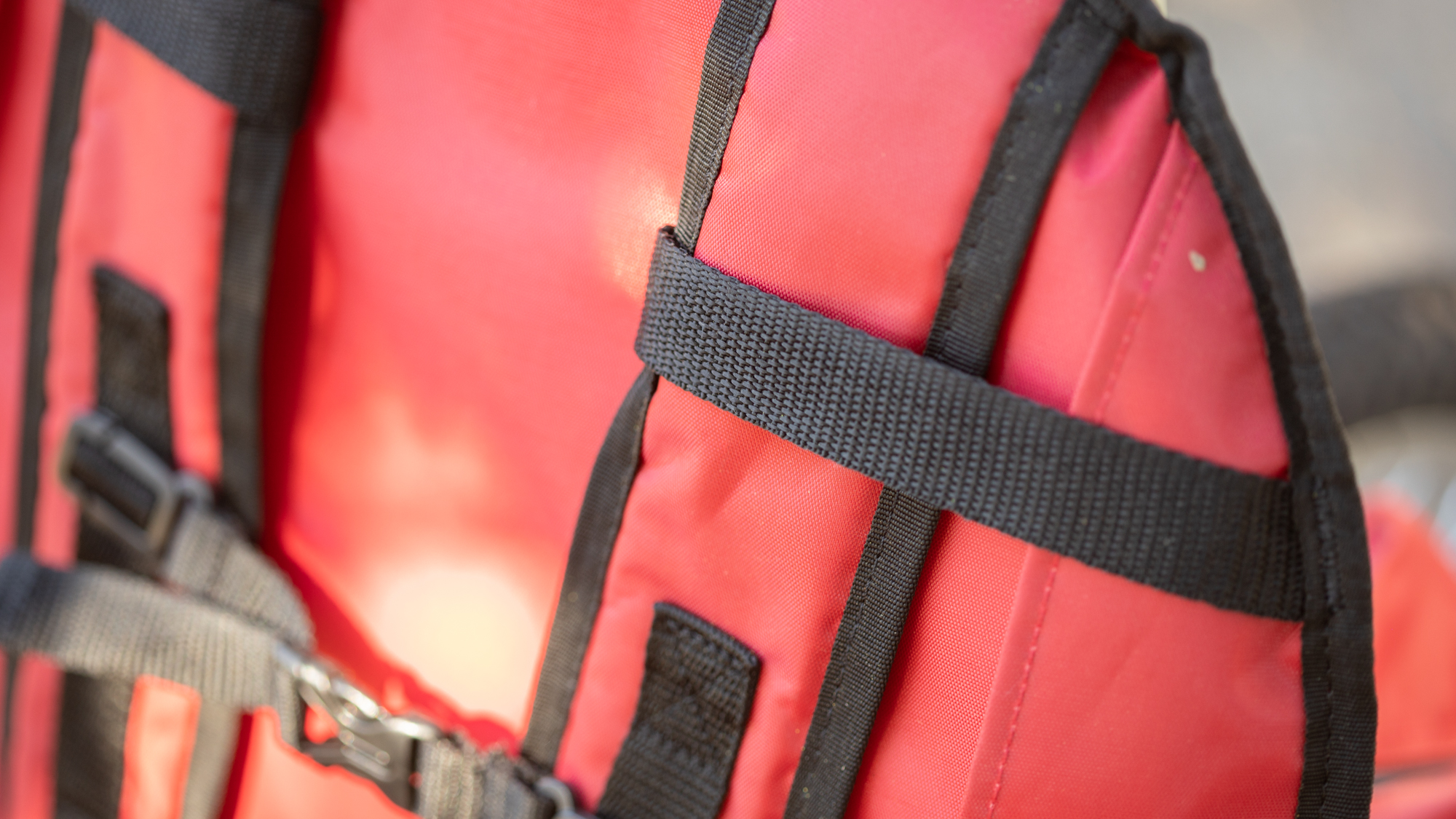
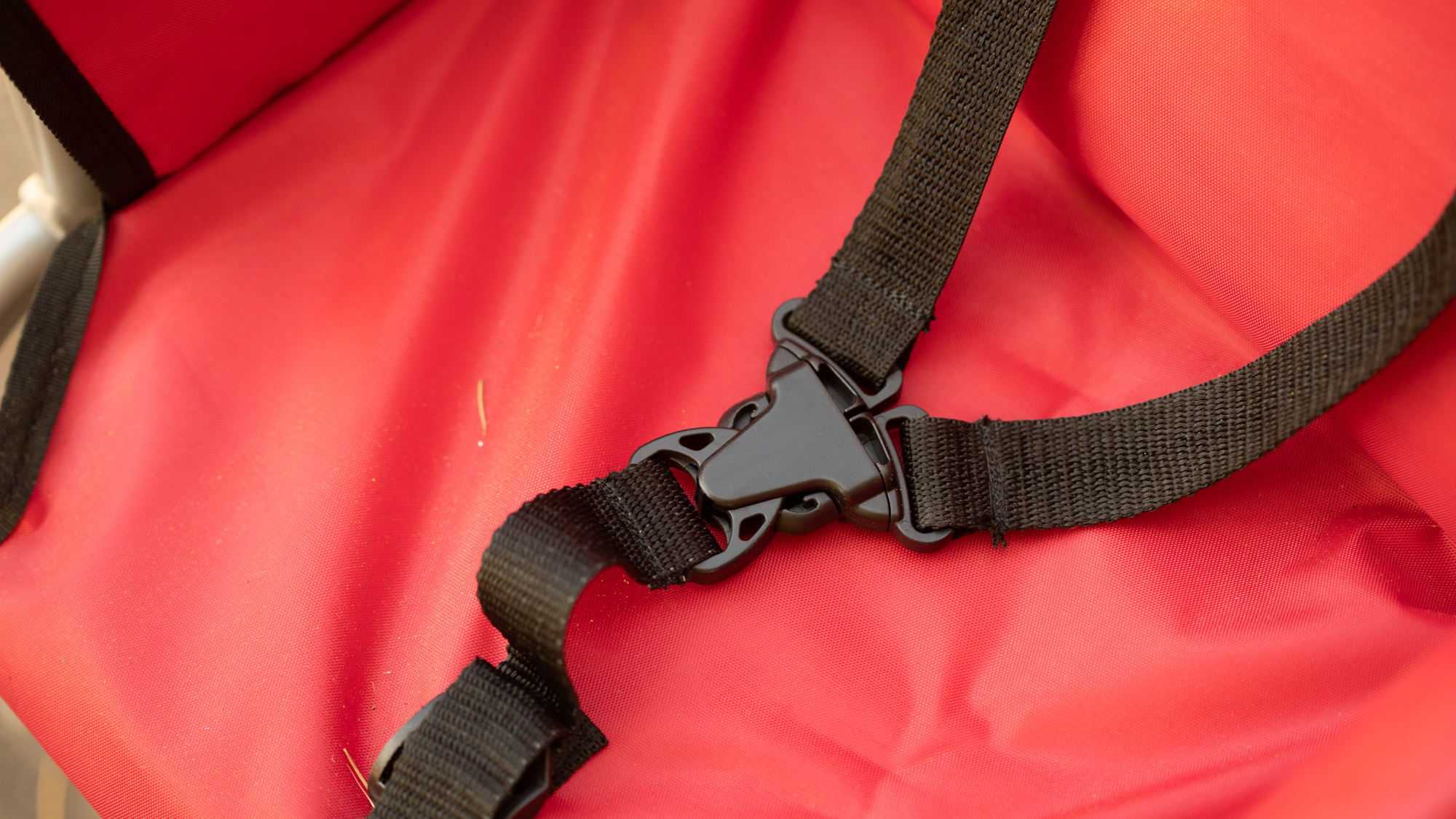
Performance
My boy is 10 this year, going on 11, and these days we don't spend much time using the Weehoo. Honestly, it's a loss and covering the details of the Weehoo today brings me back to the many years we spent exploring the world by bike together. For this article though we did jump back into the Weehoo for a couple of rides. I can confidently say that it is possible to ride with a 10-year-old who's very close to the 80lb weight limit. In fact, that's the magic of the Weehoo Turbo bike trailer. It will serve your family through a huge age range.
When kids are little, there won't be much functional difference between a traditional bike trailer and a Weehoo Turbo. You can strap them in and connect them to the pedals and they are fully secure. If they would like to pedal, and they often do, then they have that option. If they'd rather not pedal, or pedal backwards as is often a choice, then just sitting and enjoying the ride still means a wind-in-the-hair joy ride. It works just as well if they instead decide to take a nap.
From the parent's perspective, there are a lot of details to understand. While riding, the narrow nature of the Weehoo Turbo is a big advantage. Unlike a trailer, the Weehoo isn't wider than a bike would be. You will intrinsically understand how to place the trailer as you pass people on a bike path or make your way through a city in a bike lane. Just remember that you've now got an extra-long bike when it's time to turn. When they are small, you'll wonder if the pedals are even connected. As your kid gets bigger, the pedals will take on more meaning.
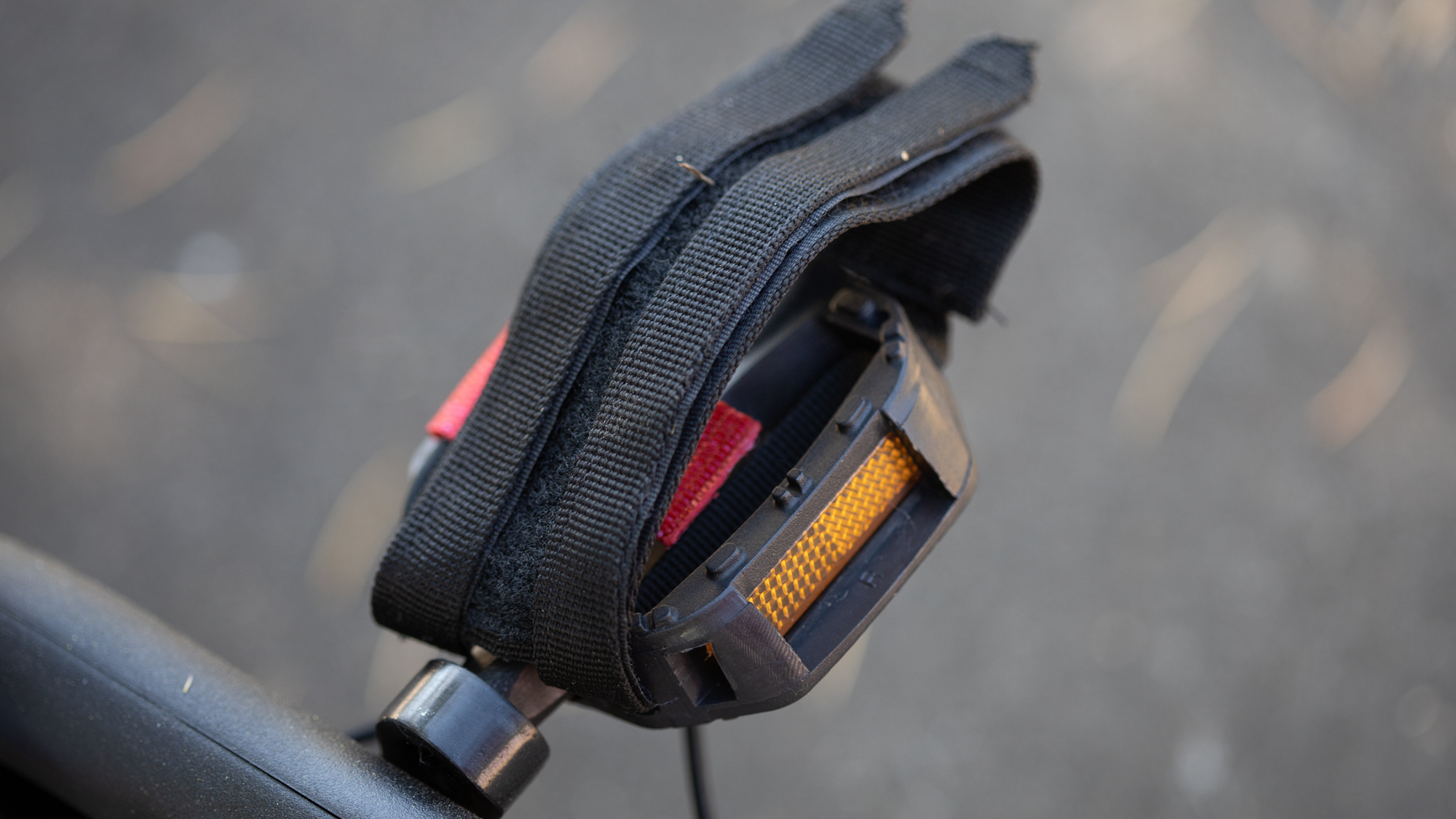
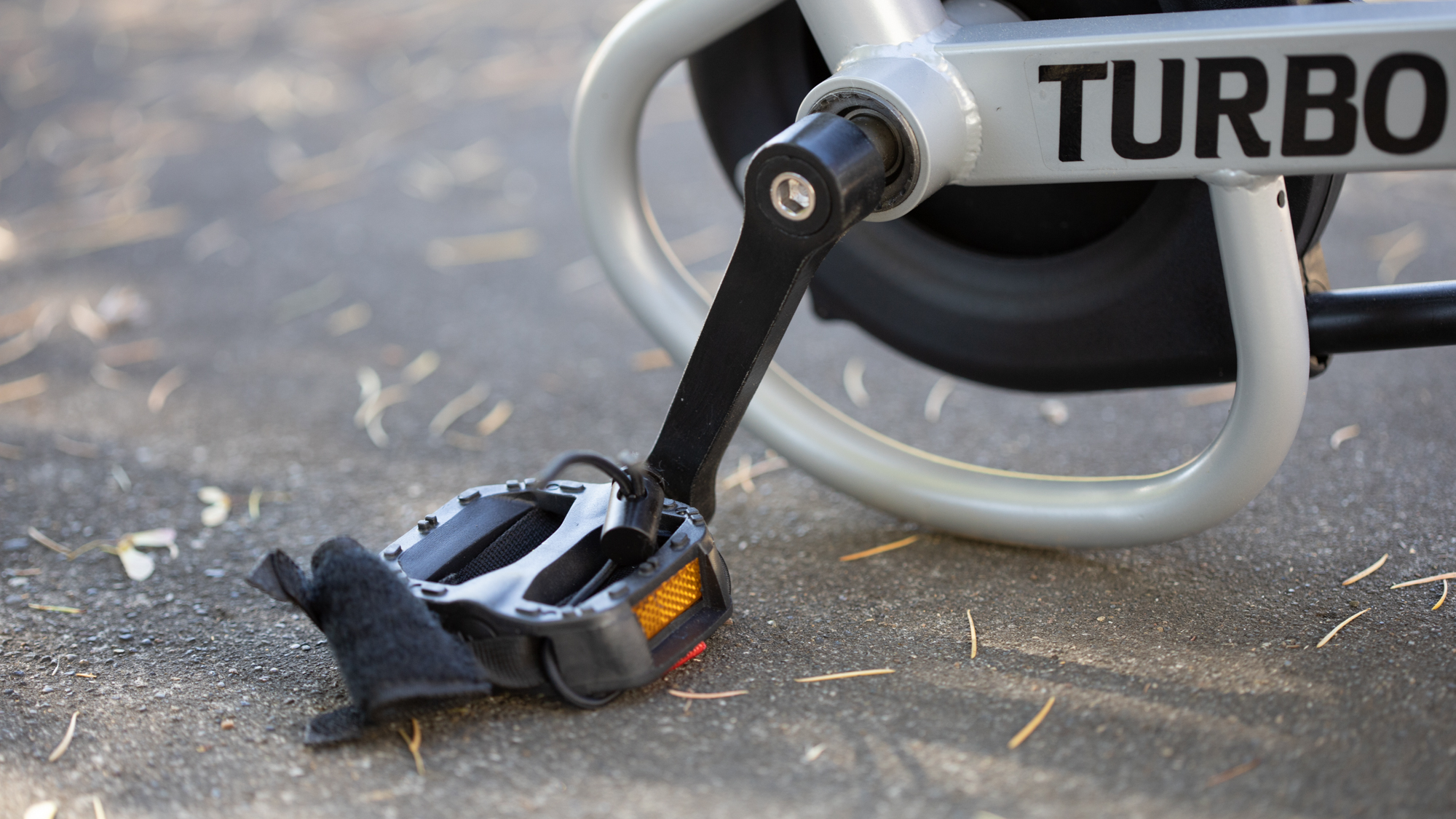
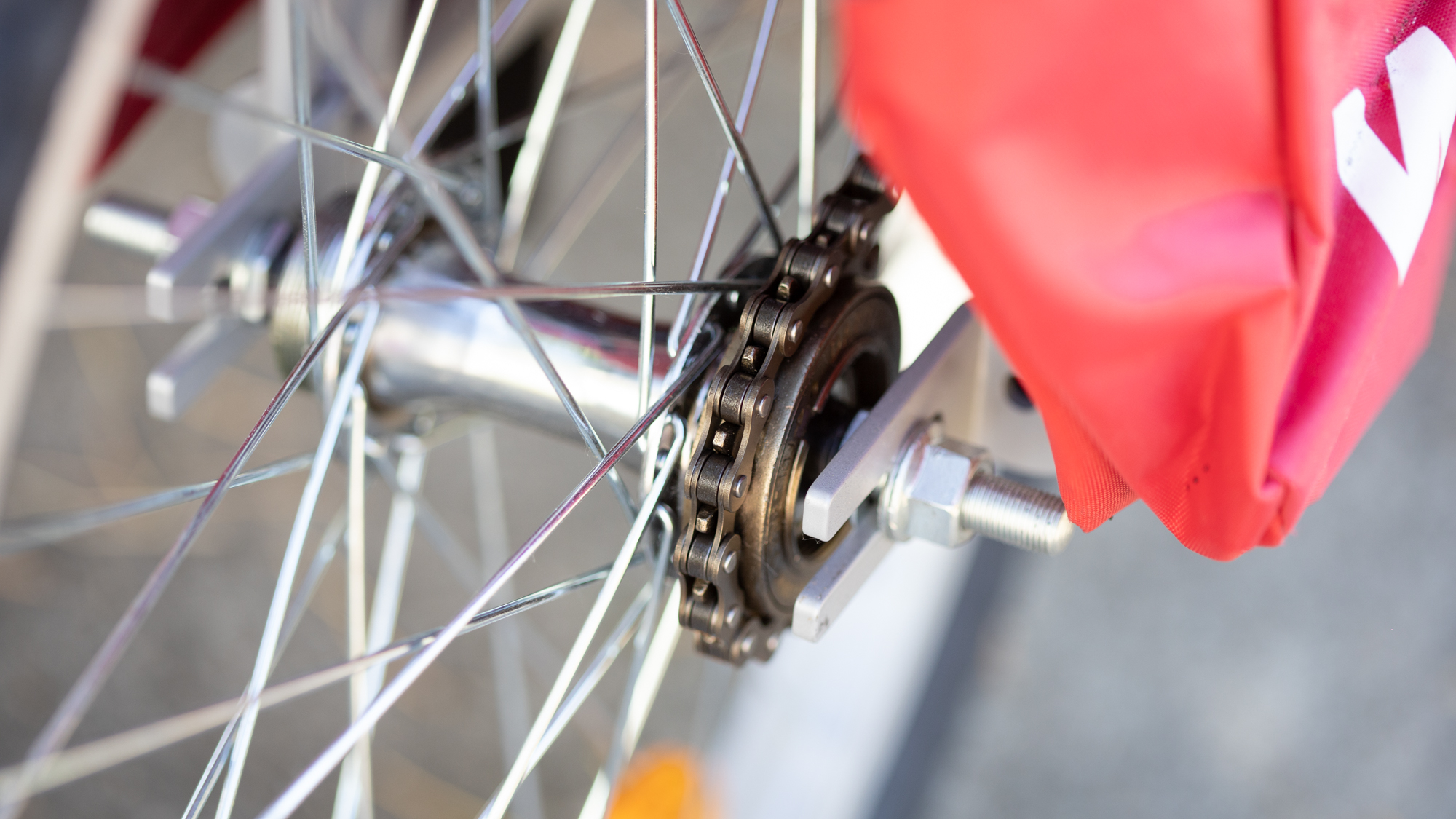
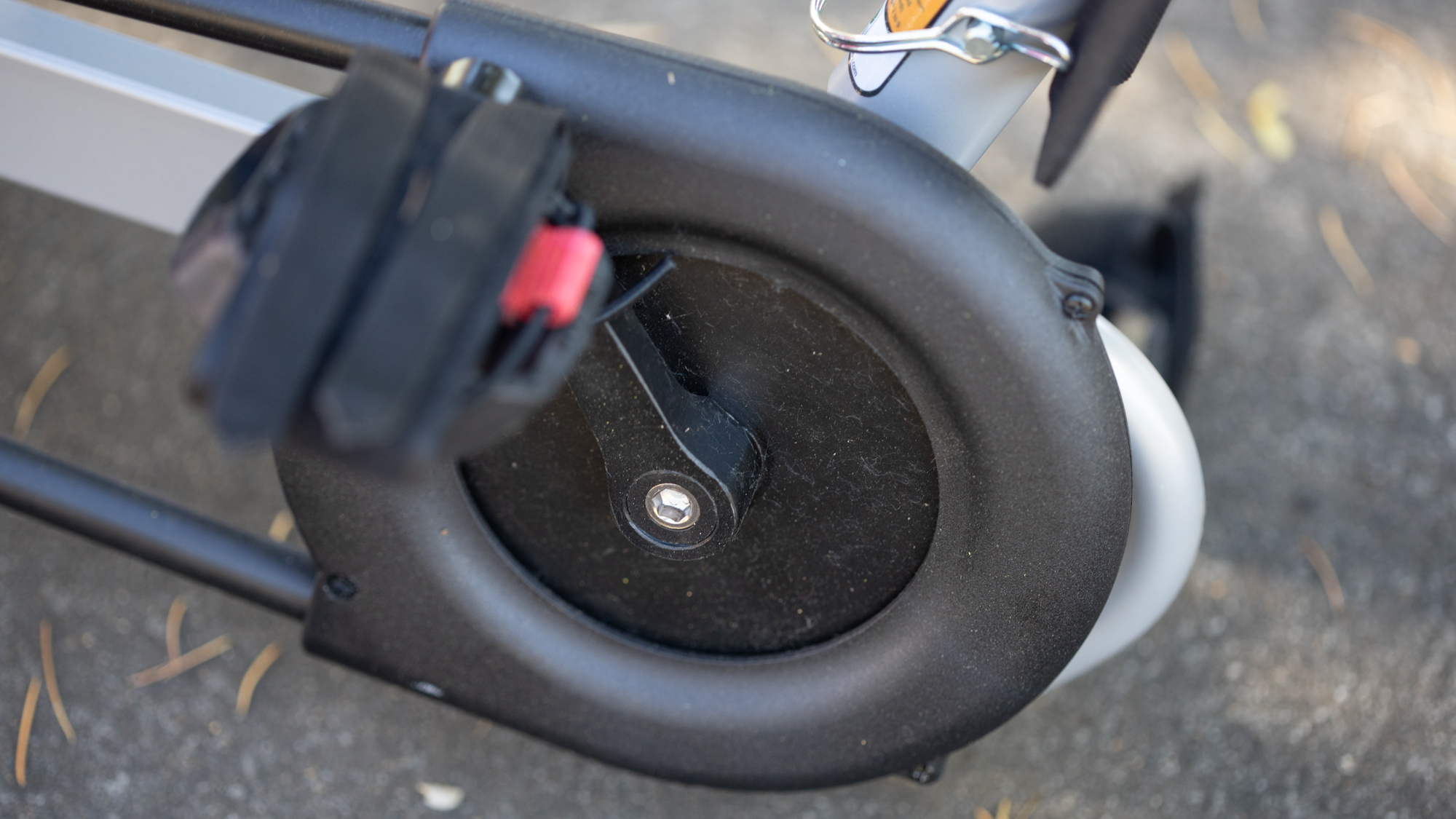
The bigger your child is in the Weehoo, the more it becomes almost like riding a tandem bike. You will start to notice their contribution to forward momentum and you will also start to notice their weight. It's difficult to get started from a stop with a lot of weight behind you so as my boy grew, I would start to coordinate with him. When it was time to get started, I'd ask him to start pedalling and we would push together. When it was time to come to a stop, we would coordinate that as well. It's better if they aren't pedalling while you are trying to slow down.
The other big thing is that you will want them to try and be as smooth as possible with their weight. When kids are bigger their shifting weight will move your bike around. If they shift to the left, your bike will track to the left and require steering adjustment. You'll want them to do their best to remain smooth and it's better if they don't flail their arms. Those who aren't parents might not understand that comment but I'm guessing parents will.
The weight shifting also comes into play when they are small but only for loading and unloading. There's no good way to stabilise the bike and trailer together. The easiest thing is if you have another person to help clip them in while you manage the parent bike. It's possible to do it alone but you'll need to get creative about how you manage stability. You can hold everything stable with firm hands on the parent bike handlebars but you won't be able to help with clip in from that position.
When kids are small, that will mean leaning the whole system against something. Even if you have a kickstand on your bike, it's not strong enough to hold. There's too much leverage with the weight so far back. The same thing holds true for holding the arm and trying to attach it after strapping them in.
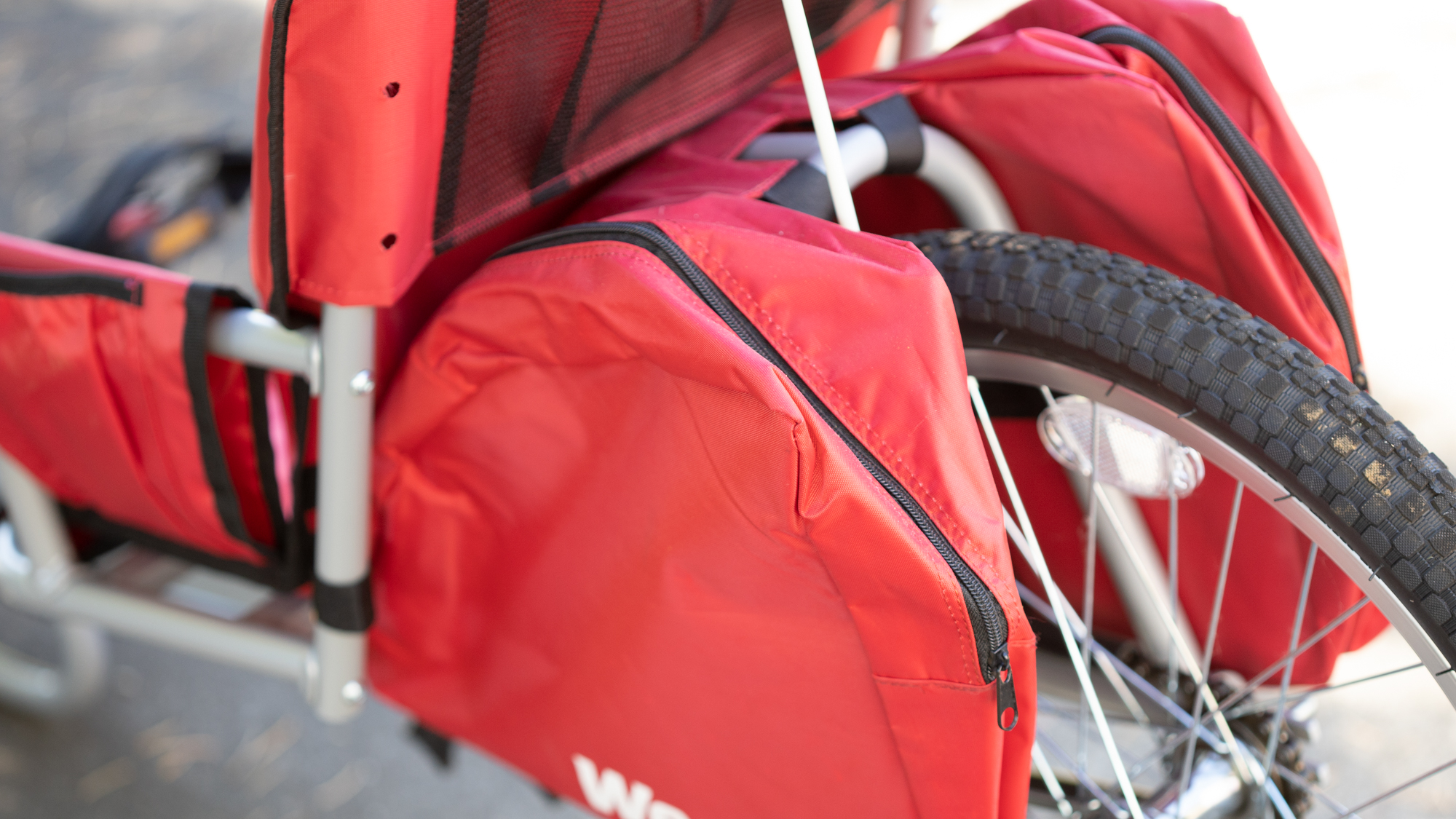
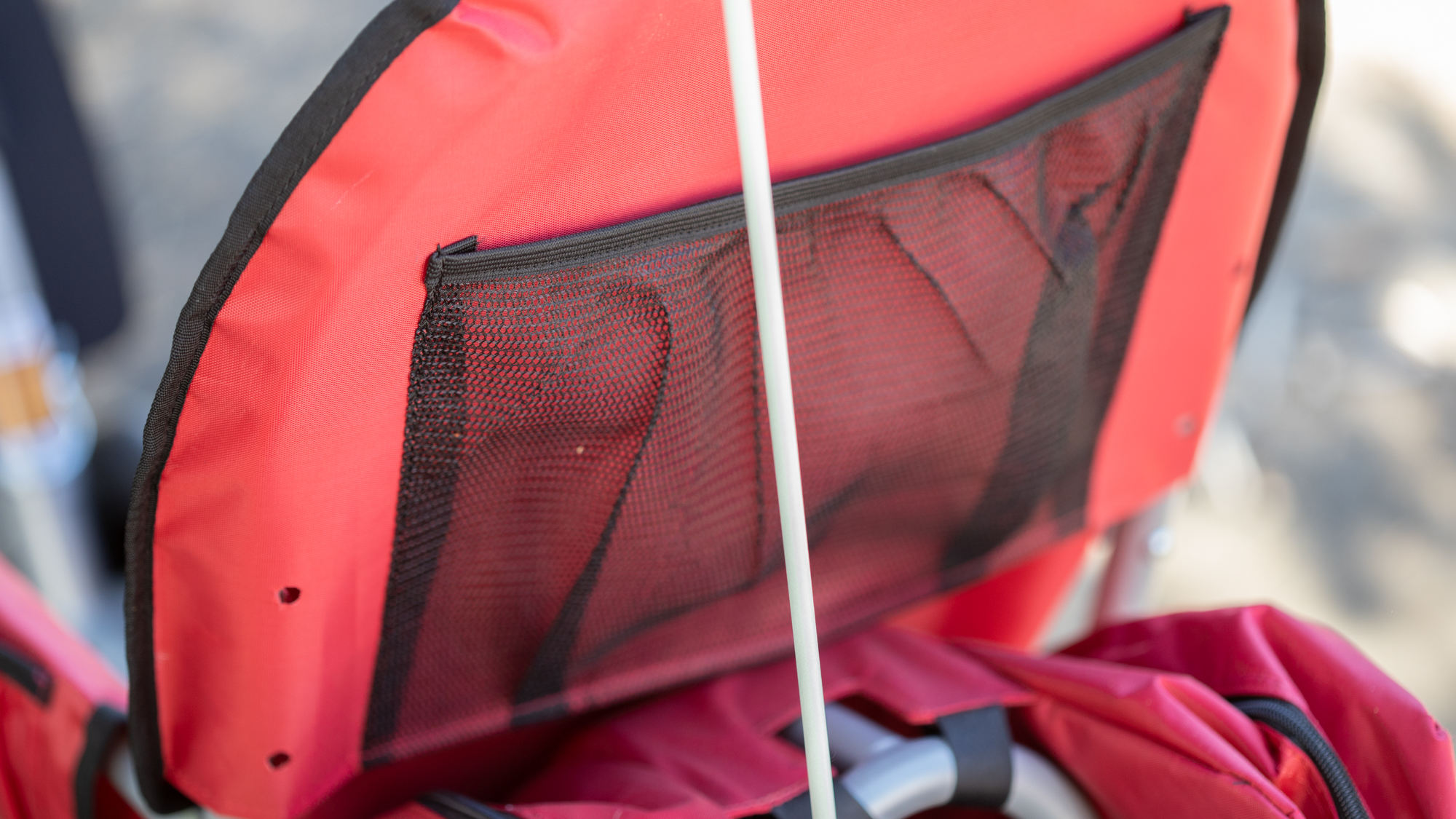
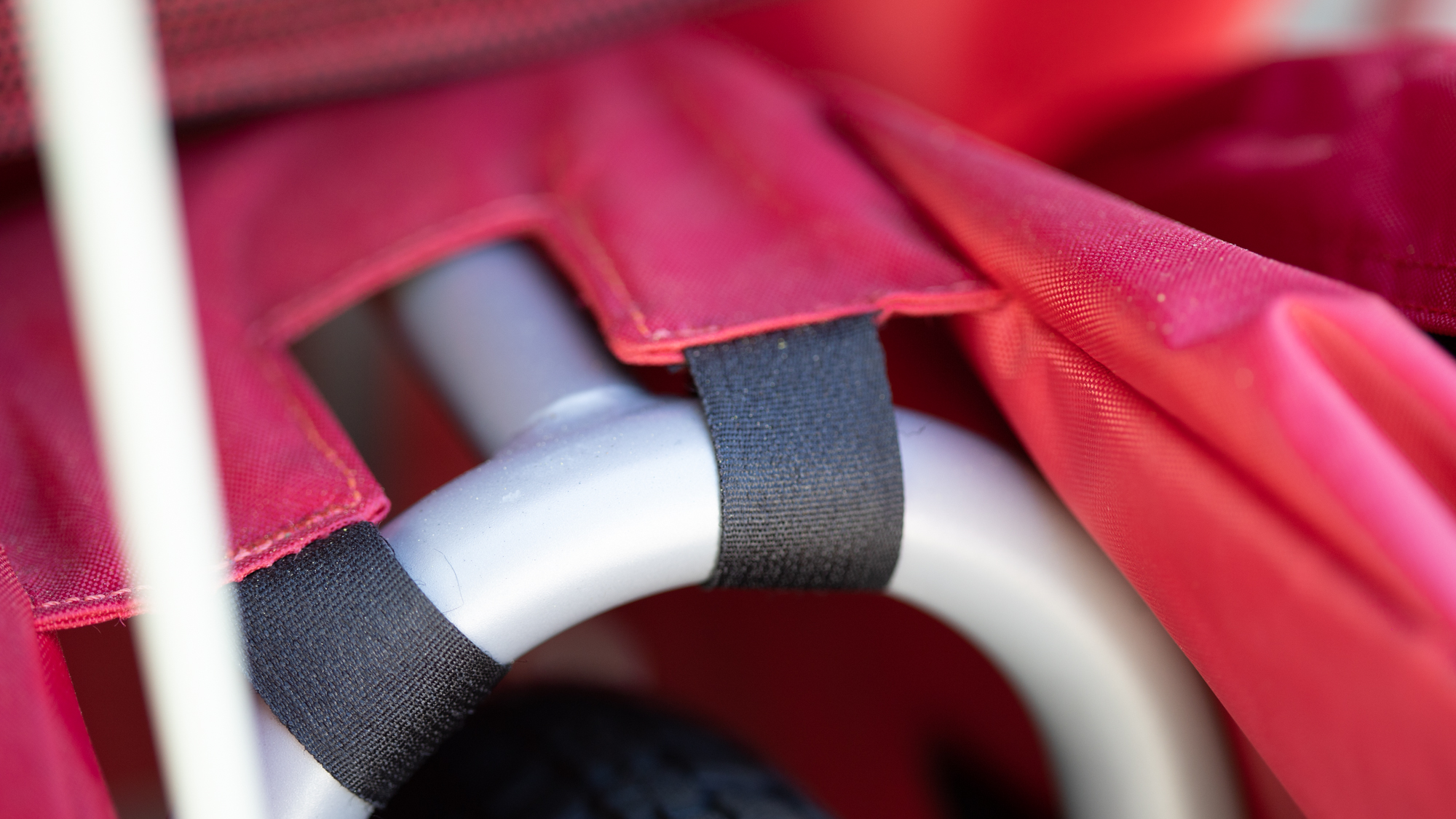
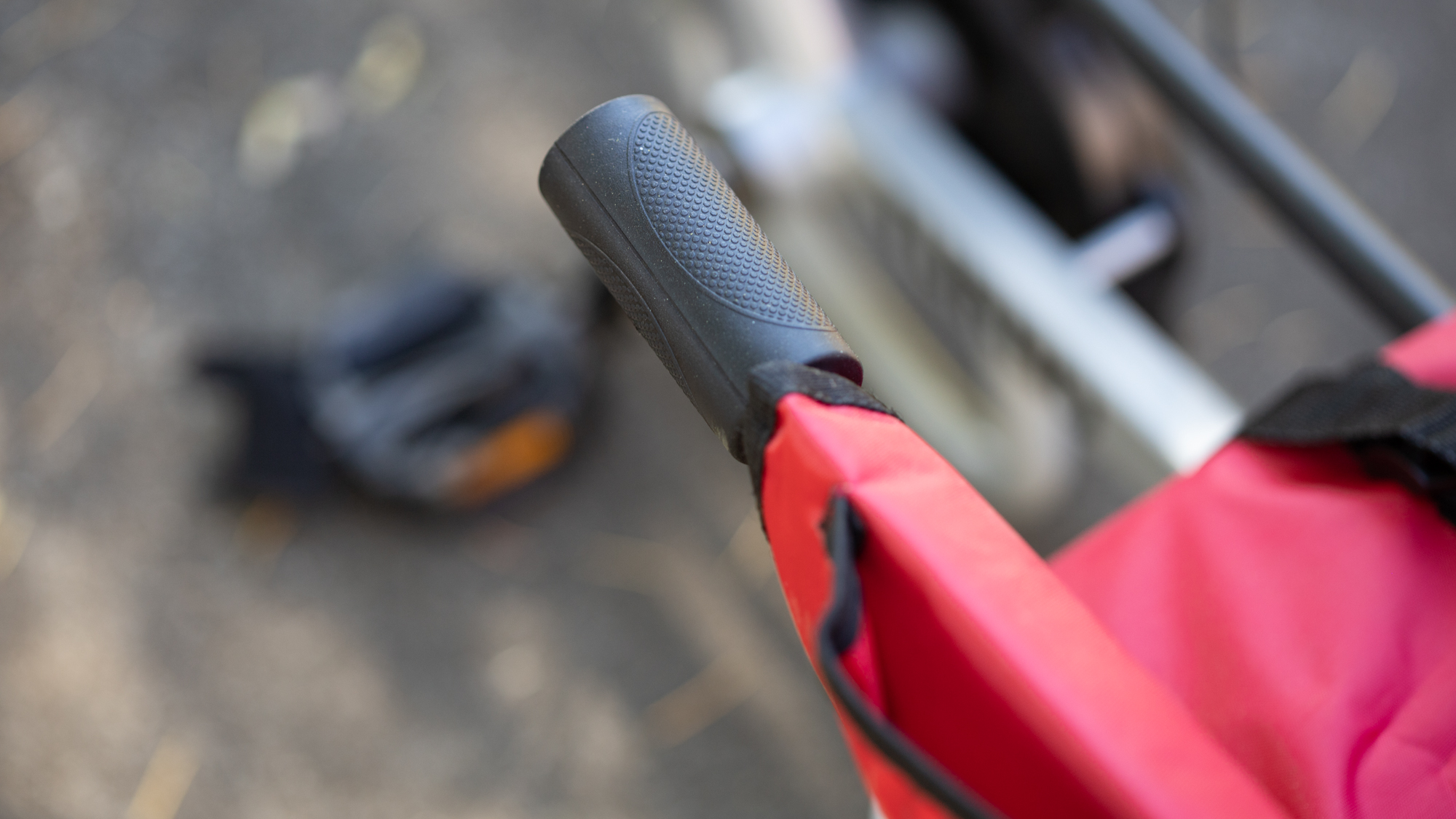
Verdict
As discussed in the intro, there's two main reasons you might be thinking about a trailer for kids. If your goal is strictly transportation or specifically running errands, there are likely better choices for a trailer. The Weehoo Turbo trailer doesn't have a ton of storage space and it can be tricky getting kids loaded. On the other hand, if you want to build a strong connection to cycling with your child then the Weehoo Turbo bike trailer is one of the best options on the market. It works best when the two of you are riding and as they get older, their weight, as well as their contribution to forward motion, will mean working together. The Weehoo Turbo is well made and ready to make a lifetime of memories.
| Attributes | Notes | Rating |
|---|---|---|
| Ease of assembly and adjustment | Assembly is a few minutes and everything is incredibly easy. Adjustment later takes no tools. | 10/10 |
| Stability | There’s no way for the Weehoo to shift angles compared to the bike and that lowers the stability. | 5/10 |
| Child comfort | No complaints. | 10/10 |
| Build Quality | Very good, they routinely last for years and multiple children. If you need replacement parts, they are available. | 10/10 |
| Storability | It’s long but it’s thin. You can balance it upright on a pedal and it’s no better or worse than a folded trailer. | 7/10 |
| Storage space | Only a little available and it adds even more weight at the back. | 5/10 |
| Overall rating | Row 6 - Cell 1 | 78% |
Tech Specs: Weehoo Turbo Bike Trailer
- Price: £449 / $499
- Recommended age range: 2-9
- Load Capacity: 36 kg / 80 lbs
- Cargo storage volume: 14 L
- Dimensions: 203.2 x 35.6 x 81.3 cm / 80 x 14 x 32 in
- Weight: 12 kg / 26 lbs
Josh hails from the Pacific Northwest of the United States but would prefer riding through the desert than the rain. He will happily talk for hours about the minutiae of cycling tech but also has an understanding that most people just want things to work. He is a road cyclist at heart and doesn't care much if those roads are paved, dirt, or digital. Although he rarely races, if you ask him to ride from sunrise to sunset the answer will be yes. Height: 5'9" Weight: 140 lb. Rides: Salsa Warbird, Cannondale CAAD9, Enve Melee, Look 795 Blade RS, Priority Continuum Onyx
